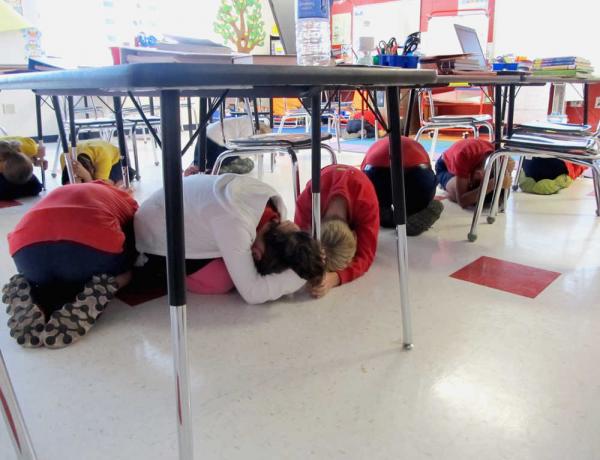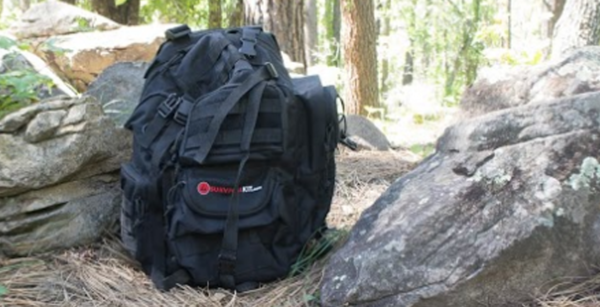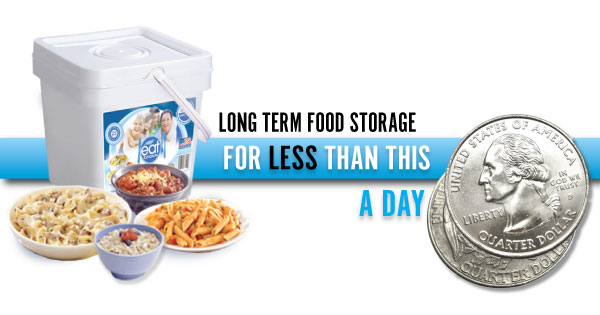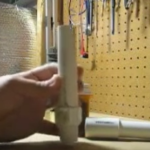Earthquakes have increased in frequency and intensity, and they are happening in the strangest of places. It used to be that the only people that needed to worry about big quakes where residents of areas in which they happened. The reality is that any one of us can be impacted by an earthquake no matter where we live, and we need to be ready. Aside from surviving the earthquake itself, there are a number of things that you can expect to deal with after it strikes as well. Being prepared means being ready to encounter an entirely different world once the shaking stops and dust settles.
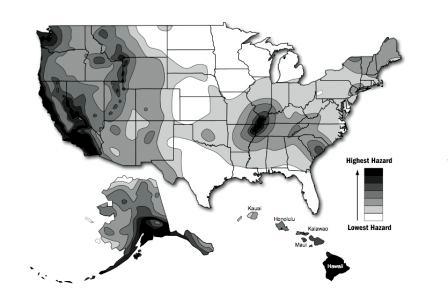
According to the Federal Emergency Management Agency (FEMA), 45 states and territories in the United States are at moderate to very high risk for earthquakes.
Even a small earthquake that causes minimal damage may rupture gas lines, crack or buckle streets, make structures weak and unstable and disrupt power. Communications may be compromised and emergency services can be overwhelmed. In a matter of a few seconds, life can be full of a lot of barriers and inconveniences that many people are not used to encountering. Obviously, problems will be magnified with larger and more severe quakes as well.
The best thing you can have at your disposal after an earthquake strikes is a bug-out-bag. Your property may be destroyed, and your bunker and food stores may be inaccessible. Your home may not be stable enough to provide adequate shelter. You may not be able to drive out of the area, especially if your vehicle has been damaged or roads become impassable. A bug-out-bag is something that you can throw on your shoulder and take essential items with you no matter where you go.
Damage resulting from earthquakes in the United States is estimated at $4.4 billion per year, according to a 2000 FEMA report.
Shaking ground accounts for 99% of earthquake-related damage to residences. Other earthquake-related events, such as fault ruptures, liquefaction of soil, dam failure, lateral spreading, landslide, and tsunami account for the remaining 1% of damage.
Potential Hazards
- Natural gas connections may rupture or break during an earthquake, which, if ignited by an errant spark or other catalyst, results in gas leaks, fire and/or explosion.
- Full water heaters typically weigh approximately 450 pounds. Unbraced water heaters may fall over during an earthquake and rupture water, gas and/or electrical connections, resulting in an electrical or fire hazard.
- Homes that are not properly secured to their foundations or that do not have sturdy foundations may break loose and cause gas connections to rupture and a subsequent fire hazard. Older concrete foundations are at a higher risk because the concrete may have already started to crumble and weaken over time. Homes built on unreinforced concrete, brick or stone masonry foundations are also at a higher risk.
- Stud walls holding up a home’s crawlspace that are not properly braced for horizontal movement may fail, causing a home to fall.
- Homes that are built on steep slopes may collapse if the posts that support them are not properly braced.
- Walls that are constructed out of unreinforced clay, concrete, stone, adobe or brick masonry may fail in an earthquake because the mortar that binds them together is typically not strong enough to sustain seismic activity.
- Rooms that are built over garages may collapse during an earthquake because the strength of the walls in the vicinity of the opening of the garage door is reduced.
- Unreinforced masonry chimneys may collapse during an earthquake. The section above the roofline is particularly at risk, and bricks may fall into the home.
- Heavy furniture, shelving and appliances that are not anchored may become dislodged during an earthquake and can cause damage or injury, or can block an emergency exit for occupants trying to escape.
- Windows may shatter during an earthquake and can cause injury.
- Toxic substances that are stored in breakable containers may spill during an earthquake and cause a hazard to occupants.
It should include basic survival supplies such as water, a knife, matches, first aid kit, water purification tablets, high-energy food that is ready to eat and your prescription medicine. It should also contain some extra underwear, socks, duct tape and good string. These are just a few important items that will come in handy, but there are more, and it is essential that you have them within arm’s reach. Think of your bag as a condensed storehouse of essential items that you will need for a couple of days.
You can always add or take items from your bag as time progresses, but always have something on hand that you can grab and run with at a moment’s notice. Think of the bare essentials that you will need for the first 24-48 hours following an earthquake, and put them in the bag. Keep it within arm’s reach. We’ve all seen the pictures of people walking around barefoot with nothing but the shirts on their back following a serious quake. You can avoid being in that position while giving yourself minimal tools that can end up dramatically improving your options after a quake unexpectedly strikes your area.
However, you should also prepare for the reality that you may be stuck in your home after a quake as well. Don’t let the bug-out-bag keep you from ensuring that you have an ample supply of items in your home that could get you through a few days as well. Cover all of your bases, be prepared for any contingency, and you will be able to respond accordingly when the quake strikes.
Feel free to share our article wherever and whenever you like. Our mission is to provide Proactive Preparedness Education to everyone, everywhere, and as often as possible.
To link to this page from your website, simply cut and paste the following code into your webpage. [copyurlbutton size=’small’]


